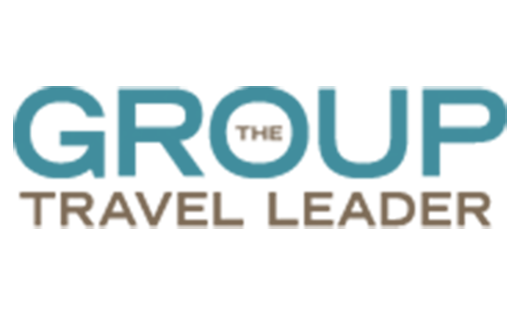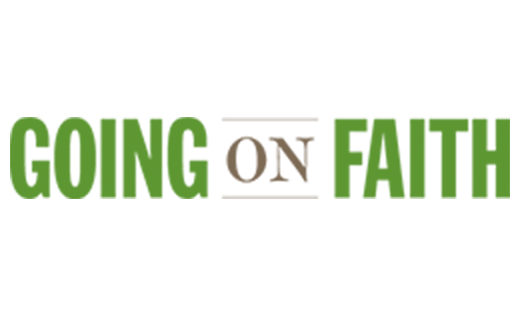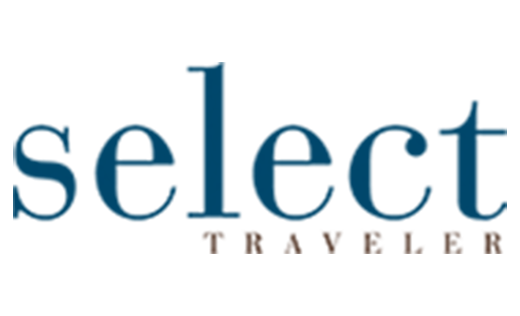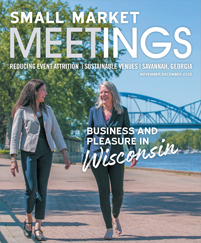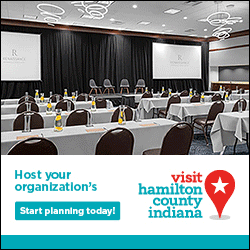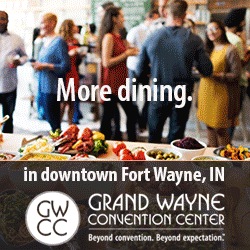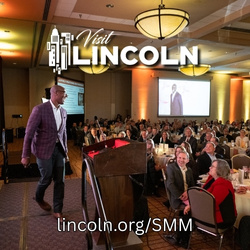Rachel Crick recently spoke with Alexis Campbell, the event producer at Stoelt Productions, on experiential marketing and how you can use it to promote your brand.
Alexis Campbell is an event producer at Stoelt Productions, an experiential marketing and event production company. She attended the University of Arkansas for a bachelor’s degree in journalism with an emphasis in advertising and public relations, as well as a master’s degree in the same field. She held roles in marketing and social media before focusing her career on experiential marketing. She was recognized as one of BizBash’s Fresh Faces of 2024.
Q: Can you explain what exactly experiential marketing is and how it differs from other types of marketing?
A: I would describe experiential marketing as a strategy that brands use to engage their audience or their consumers by creating an in-person immersive brand experience or touchpoint. Having these in-person experiences really fosters a deeper relationship or deeper emotional connection between the brand and their consumers or potential consumers. You can use experiential marketing to tell the story about your brand. The ultimate goal is to engage people with a full, immersive experience — a lot of experiential marketing events activate the five senses. If you’re shopping in a store, you might not be connecting with the brand, but that’s what brands are trying to achieve by doing a pop-up event or some type of activation at a festival or whatever the experiential event might be.
Q: So, it’s essentially using an event to market a product or brand. How does experiential marketing relate to the world of event planning?
A: It overlaps with event planning. I feel like I’m a specialized event planner, and I think it’s a unique type of event to plan because there are aspects that are pulled in from music festivals that I use for planning these brand events. And there are aspects I use that I’m sure tons of wedding planners are also using. I’m using the same vendors and caterers and fabricators, which are constructing displays, props, booths or some type of interactive element.
Q: How does the planning process differ?
A: I think that the steps are the same. A client comes to us, or we pitch to them about what they’re looking for, and then we have an agreed-upon goal for what the end vision is. You get to a point where you know what you’re trying to do. And then that’s where I think it becomes pretty much the same as a lot of event planning because you start with the vision then go to the logistics. You’ll have to select a venue, and then you start trying to find your vendors, if there’s a catering aspect. The on-site execution is similar as well. A lot of times I feel like I’m a wedding planner, but the wedding is for a brand. And there are a lot of the same goals. Everyone’s trying to create something that resonates and is memorable and that everyone there enjoys.
Q: What about when it comes to measuring the ROI of an experiential marketing event versus a traditional event?
A: A lot of times we’re also trying to capture tangible metrics for how an event performed as well. We’re looking at how long people stayed, the amount of time they stayed in a pop-up, what the foot traffic was in general, how many people were able to come by afterwards. We’ll get their information somehow. For example, we will have a goal of having people scan a QR code or making sure they have the app downloaded. And then, from there, we can see how many people use a coupon we gave them. So, I think there’s kind of a metrics aspect that might be a little bit different. We’re also checking social media — that’s a huge way to measure it. For example, how many people are using a hashtag or posting about the event and sharing with other people? That’s the main other difference I can think of.
Q: Why is using an experiential marketing event such a powerful tool to promote a brand or a product?
A: Creating something memorable is super powerful because it creates all these associations and feelings for people that they maybe didn’t have for the brand before. So, if you have a super positive experience because you go to this really fun pop-up, and you got free merch, you had a great time, you feel great, because of that you feel great about the brand, too. So, it creates a really good, positive association. So then, if you’re at the store, and if you’re making a choice between brands, and you had a really positive, fun time with one brand, then that stands out. You’re going to probably keep choosing that brand over and over. Or, if your brand is new to the market, and you want to get the word out about the brand, then it could be super powerful in that way. I think probably the biggest part is the connection-building. And then, second to that, I would say reach through social media sharing. That is super powerful for the brand, too.

